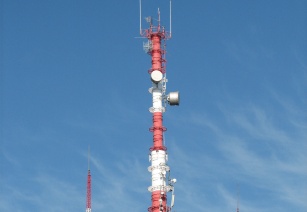Qualcomm Incorporated has been sampling its Femtocell Station Modem (FSM) FSM9xxx-series chipsets, delivering unsurpassed performance and ease of deployment. The FSM family of products supports the latest 3GPP and 3GPP2 standards while providing an industry-leading level of integration with an enhanced 1GHz microprocessor core, as well as radio frequency and power management capabilities.ualcomm Incorporated has been sampling its Femtocell Station Modem (FSM) FSM9xxx-series chipsets, delivering unsurpassed performance and ease of deployment. The FSM family of products supports the latest 3GPP and 3GPP2 standards while providing an industry-leading level of integration with an enhanced 1GHz microprocessor core, as well as radio frequency and power management capabilities.
“The steady growth of mobile applications and smartphones are creating an ever increasing demand for more broadband,” said Cristiano Amon, senior vice president of the cellular product group for Qualcomm CDMA Technologies. “Products based on our FSM chipsets can help operators meet this demand using their current networks and improve overall customer satisfaction. We are excited about working with equipment manufacturers to bring the industry’s most compelling femtocell products to market.”
Qualcomm’s FSM platform includes configurable solutions that support the broadband peak data rates of 3GPP HSPA+, as well as CDMA2000 1X, EV-DO Rev. A and EV-DO Rev. B. FSM9xxx-series chipsets feature Qualcomm’s enhanced 1GHz microprocessor core, also found in the company’s Snapdragon solutions, in addition to encryption and security features. The high performance chipsets and accompanying reference designs provide innovative solutions for advanced network synchronization and location, interference management to preserve macro network integrity, and mobility management to preserve existing subscriber use models without any manual configurations. The chipsets will support both enterprise and residential applications.
Femtocells are cellular access points that use broadband IP-based backhaul (DSL, fibre, cable or wireless) connections to extend the reach of cellular service within a localized area, such as a home or office, which represents more than two-thirds of a typical subscriber’s data consumption.
www.qualcomm.com



































